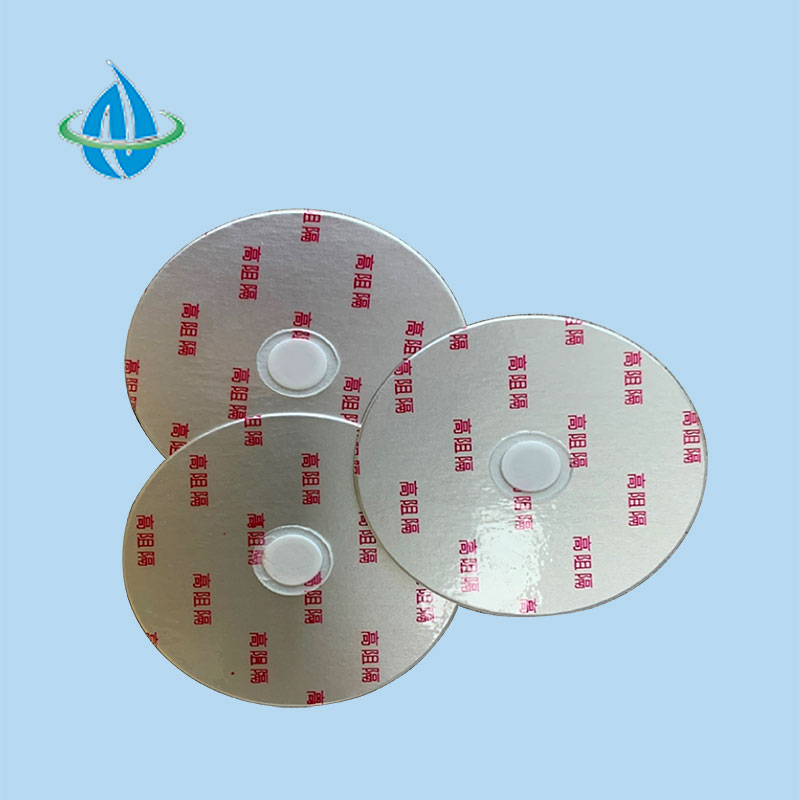How Does the Breathable Gasket Achieve Waterproofing and Dustproofing?
2024-05-16
The excellent waterproof and dustproof performance of the breathable gasket is due to its unique material and structural design.
First of all, in terms of material selection, breathable gaskets tend to use polymer materials such as EPTFE (polytetrafluoroethylene). These materials are inherently waterproof, and act like a solid barrier to keep moisture out. At the same time, these materials also exhibit excellent chemical stability and corrosion resistance, maintaining stable performance under various environmental conditions.
Secondly, the design subtlety of the breathable gasket lies in its microporous structure. These micropores are precisely sized and distributed to provide the perfect balance between breathability and water and dust resistance. Gas can flow smoothly through these micropores, but moisture and dust cannot invade. This design ensures that the breathable gasket maintains good breathability while also providing strong waterproof and dustproof protection.
In addition, breathable gaskets can further improve their waterproof and dustproof properties through additional surface treatment technologies. For example, by applying a waterproof coating to the surface of the gasket, or using a special adhesive to tightly combine the gasket with the packaging container, its waterproof and dustproof capabilities can be further improved.
To sum up, the waterproof and dustproof performance of breathable gaskets benefits from its unique material and structural design, as well as possible surface treatment processes. These characteristics make breathable gaskets have broad application prospects in the packaging industry, and can effectively protect packaged items from moisture, dust and other environmental factors.




